2023 Grant
Program Highlights
Bicycle and Pedestrian Safety
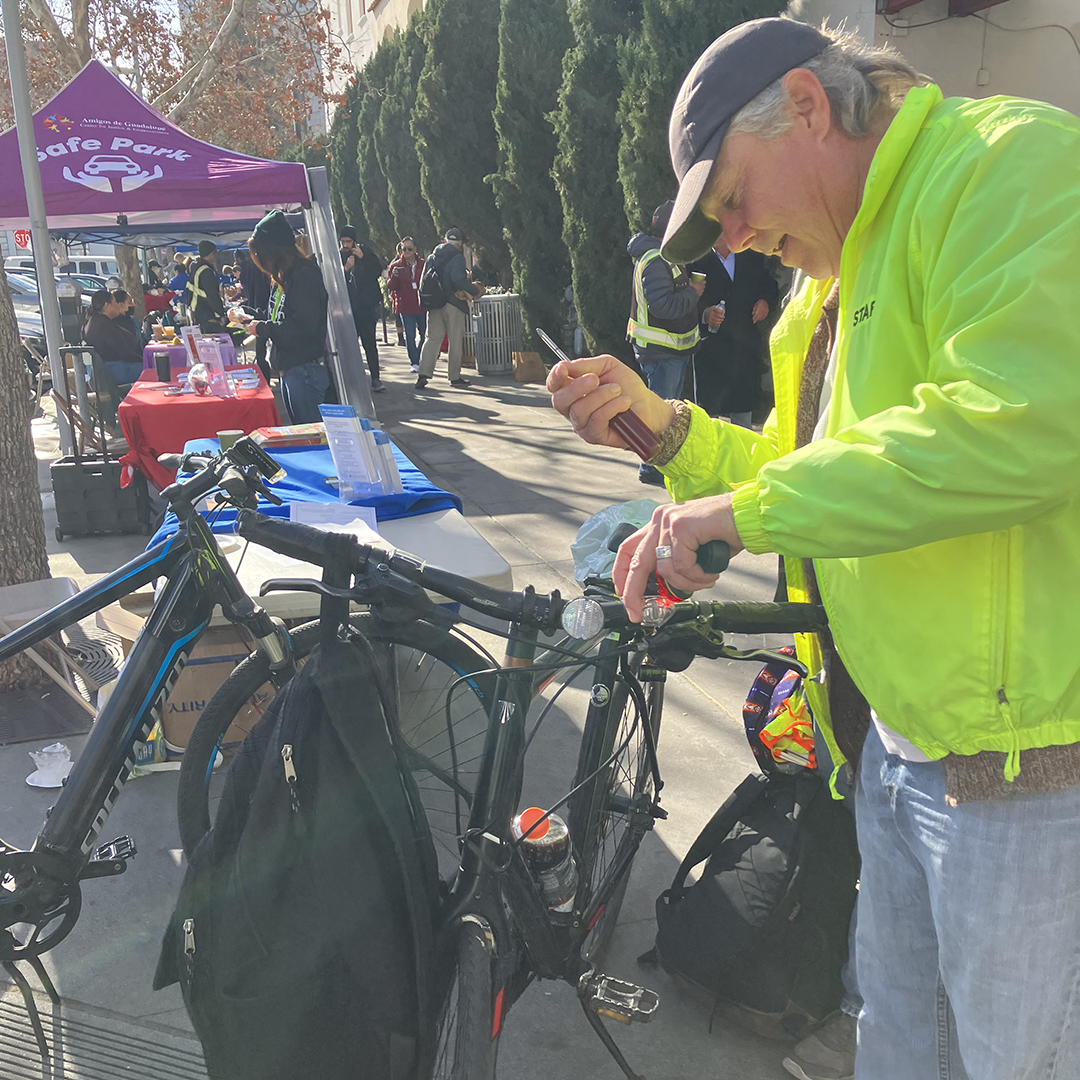
San Jose Department of Transportation
To address a spike in traffic fatalities involving people experiencing homelessness, the San Jose Department of Transportation’s Vision Zero Team coordinated pop-up events near priority safety corridors with a local shelter and non-profit that provides social services for the unhoused. Partnering organizations provided unhoused individuals with reflective backpacks, camping lights, and bike lights, as well as asked about their traffic safety needs.
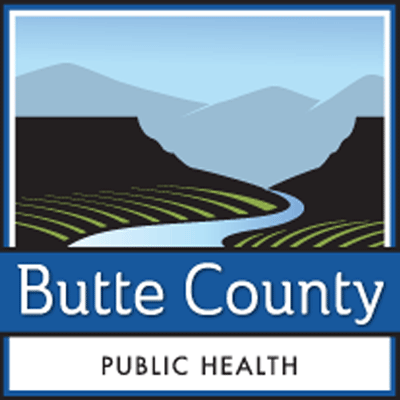
Butte County Public Health
Butte County Public Health (BCPH) conducted outreach and education with people experiencing homelessness to address pedestrian and bicycle safety. A walk audit was also conducted around shelters in Oroville and Chico where unhoused residents provided feedback on areas in need of improvement for biking and walking. BCPH held its first Smart Cycle class, where instructors provided training on biking skills, and launched helmet and bike safety pop-ups in city parks, offering quick safety information and distributing helmets to people in need to further promote safe biking practices.
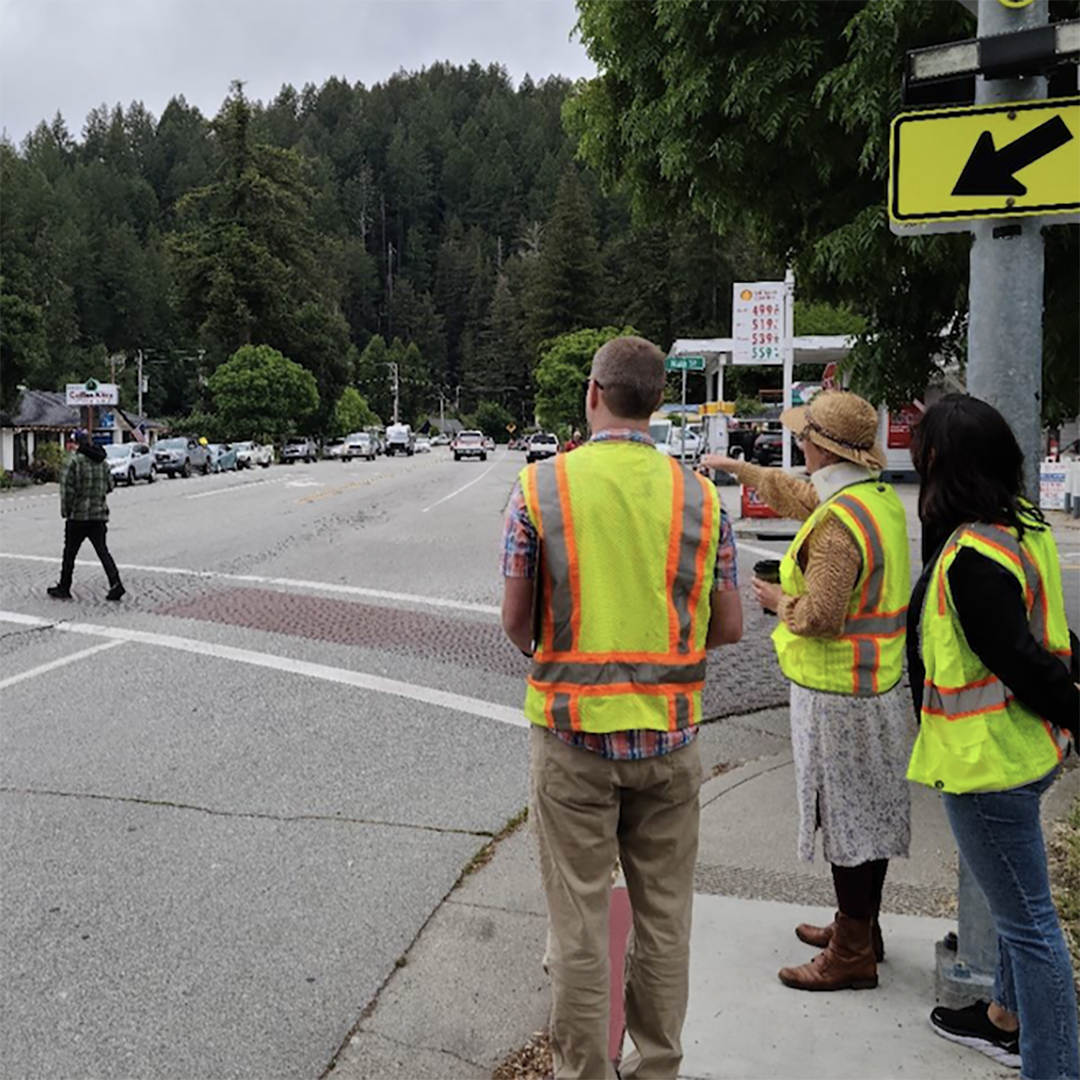
University of California, Berkeley SafeTREC Complete Streets Safety Assessments and Community Pedestrian and Bicycle Safety Training Program
UC Berkeley’s Safe Transportation Research and Education Center (SafeTREC) conducted 16 Complete Streets Safety Assessments (CSSA) throughout the state, with an increased emphasis on developing community action plans and evaluating safety improvements in historically underserved areas. CSSAs were conducted in 11 communities and five regions in 13 counties across the state to prioritize safe travel. The SafeTREC also conducted CSSAs in six smaller rural communities. The Community Pedestrian and Bicycle Safety Training (CPBST) program works with local neighborhood residents and health, transportation and safety advocates to understand a community’s walking and biking safety concerns and advance their pedestrian and bicycle safety goals. As of 2023, 126 pedestrian and bicycle safety trainings were conducted throughout California.
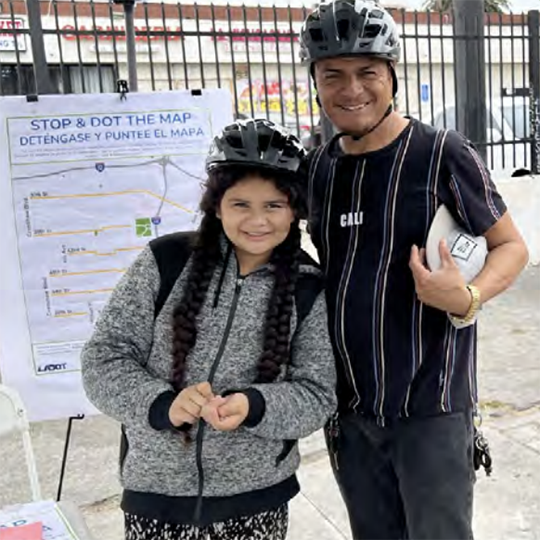
Southern California Association of Governments
The Southern California Association of Governments (SCAG) implemented community engagement strategies to improve the safety of pedestrians and bicyclists across the six-county region. These initiatives involved more than 400,000 individuals in 75 jurisdictions. SCAG provided more than $360,000 in funding through the Go Human Community Hubs Grant Program to 11 community-based organizations for innovative traffic safety and engagement projects. Notably, with the support of this grant, the People for Justice Mobility project organized open streets events that engaged thousands of residents to promote three proposed infrastructure projects for improved biking and walking safety in South Los Angeles. Additionally, SCAG launched a Safety Storytelling Campaign, which resulted in six impactful oral histories captured on video, spotlighting organizations leading traffic safety efforts. This concerted effort led to the facilitation of eight traffic safety training opportunities by community experts and prompted 11 jurisdictions to commit to traffic safety through SCAG’s Traffic Safety Pledge.
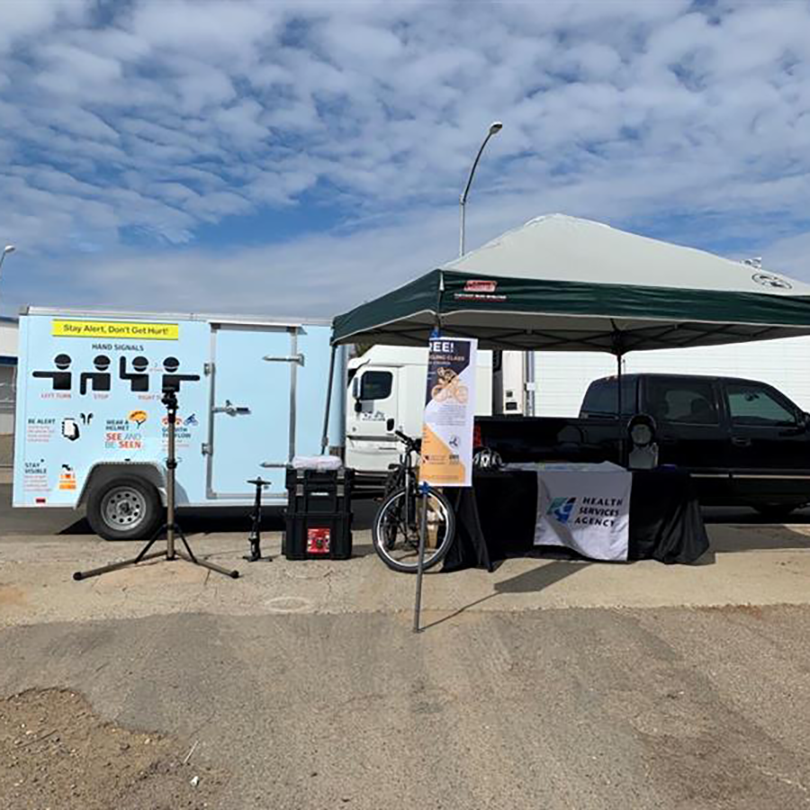
Stanislaus County Health Services Agency
The Stanislaus County Health Services Agency (HSA) provided bike and pedestrian safety education to 4,515 community members. To reach communities that may not have had access to the program, the HSA used a cargo trailer to transport a fleet of bikes, helmets, and equipment to underserved neighborhoods. The HSA held eight workshops and four bike skills trainings, providing education to 1,603 participants. As part of these events, HSA distributed 491 helmets to youth.
Alcohol and Drug-Impaired Driving
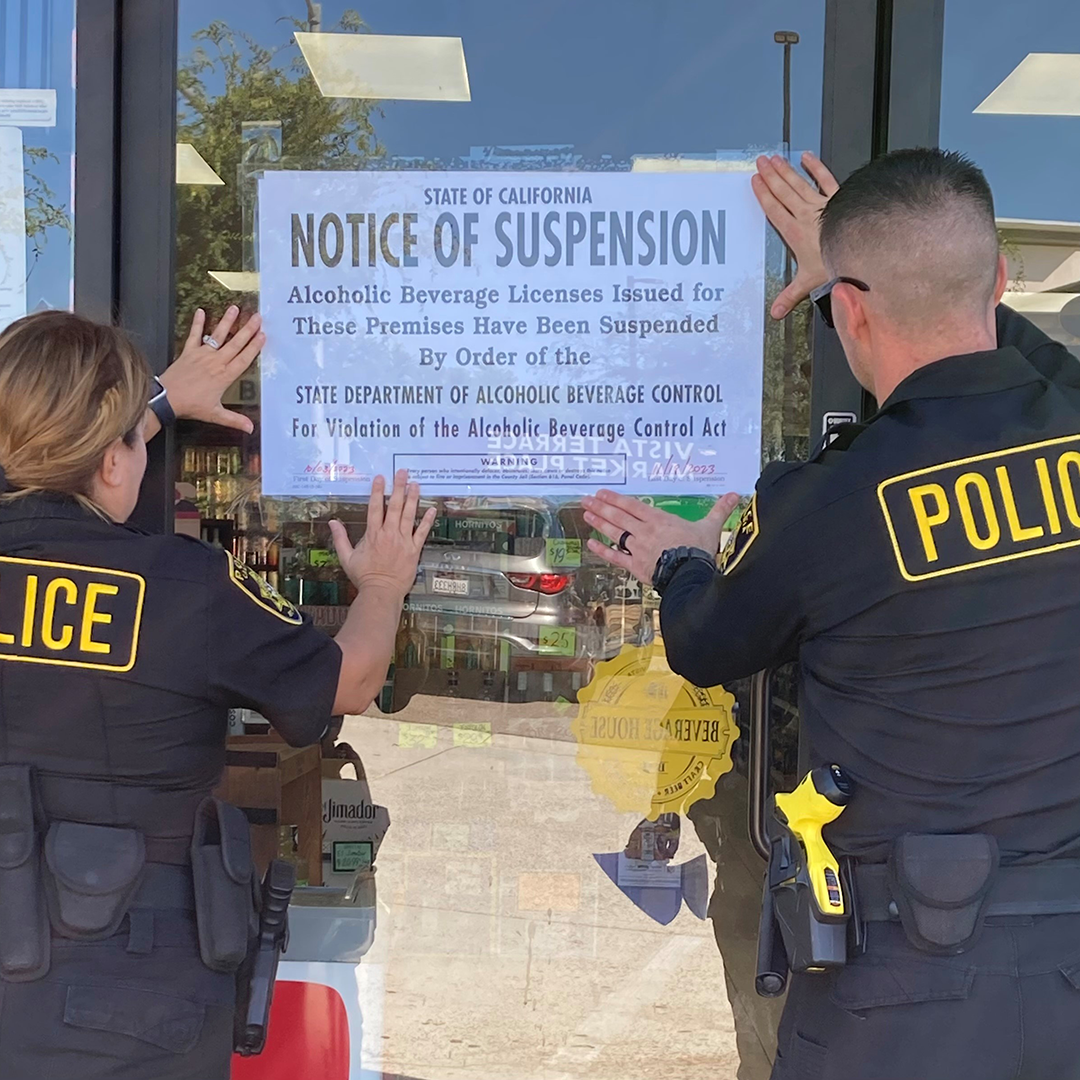
California Department of Alcoholic Beverage Control, Target Responsibility for Alcohol Connected Emergencies
The California Department of Alcoholic Beverage Control’s (ABC) Target Responsibility for Alcohol Connected Emergencies (TRACE) Unit successfully completed more than 400 trainings to state and local law enforcement agencies on the TRACE protocol. When first responders assist with alcohol-related emergencies, they notify the ABC when an incident involves a person under 21 and an alcoholic beverage that results in great bodily injury or death, or anyone charged with vehicular manslaughter that was under the influence of alcohol regardless of their age.
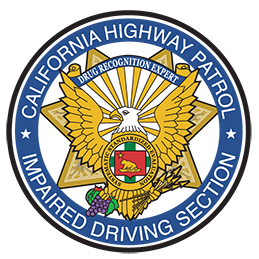
California Highway Patrol, Drug Recognition Evaluator (DRE) Program
The California Highway Patrol (CHP) Impaired Driving Section serves as the statewide coordinators for Drug Recognition Evaluator (DRE) training. The DRE program trains law enforcement personnel, education professionals, and prosecutors in DRE, Advanced Roadside Impaired Driving Enforcement (ARIDE), Standard Field Sobriety Test (SFST), and Drug Impairment Training for Educational Professionals (DITEP). The CHP conducted 15 DRE Schools and trained 298 new DREs from CHP and law enforcement agencies statewide. In addition, 1,673 law enforcement personnel were trained in ARIDE, 2,077 law enforcement personnel were trained in SFST, and 624 educational professionals were trained in DITEP.

Long Beach Department of Health and Human Services, GreenlightLB
GreenlightLB aims to prevent drug-impaired driving by educating the public about cannabis so people can make informed decisions about cannabis use. GreenlightLB places a priority on underserved and marginalized communities in Long Beach. As part of the program, GreenlighLB hosted a four-week summer Youth Ambassador Program that involved 14 students from eight high schools in Long Beach. The program educated students on the risks of drug-impaired driving and taught them how to say no when offered drugs or alcohol, as well as how to use their voice to spread safety messages and educate their peers. GreenlightLB held 35 drug-impaired driving workshops in disadvantaged neighborhoods where English was not their first language, reaching 845 residents through youth-centered, parent, and older adult-focused programs. GreenlightLB also reached an additional 1,100 people through 16 outreach events and distributed safety information at local dispensaries.
Distracted Driving
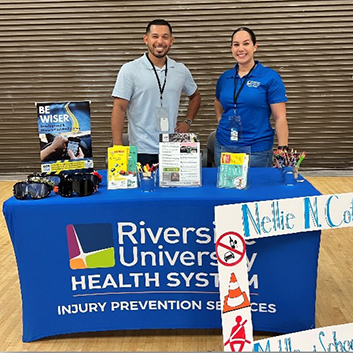
Riverside County Public Health Department, Be Wiser Program
Riverside County Public Health Department’s (RUHS-PH) Be Wiser Program worked with 14 middle and high school campuses throughout the county to develop peer-led traffic safety education campaigns that reached more than 13,800 people. The program also held 60 school and community presentations that reached more than 1,000 students, parents, community members, and local law enforcement explorers. The program created four social media campaigns that educated the community about alcohol-impaired and distracted driving. The campaigns reached more than 254,000 people.
Motorcycle Safety
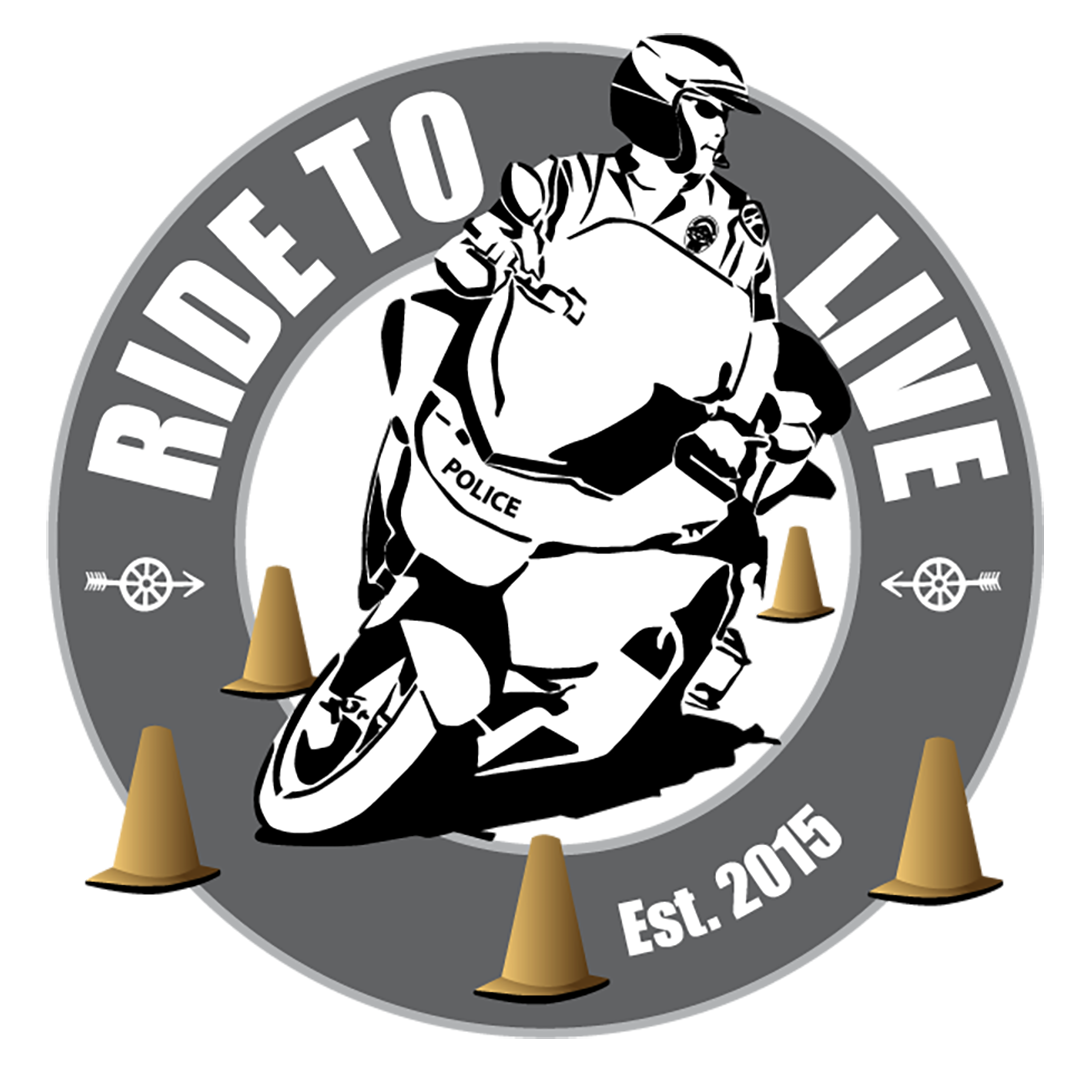
Hawthorne Police Department, Ride to Live Program
Hawthorne Police Department partnered with the Torrance Police Department, Redondo Beach Police Department, El Segundo Police Department, and the California Highway Patrol for the Ride to Live Program. Ten free motorcycle training courses were offered to 211 riders. Additionally, one Hawthorne law enforcement personnel completed the Police Motor Instructor course. Since the OTS began funding the program in 2017, more than 2,100 riders have received motorcycle skills training.
Occupant Protection

California Department of Public Health, Vehicle Occupant Safety Program
The California Department of Public Health’s (CDPH) Vehicle Occupant Safety Program (VOSP) supported the training and recertification of child passenger safety technicians (CPSTs) and instructors. The VOSP used 55 CPST Instructors to conduct 36 CPST certification trainings. The program certified 371 new CPSTs. In addition, the VOSP held 11 CPS recertification trainings, recertifying 80 technicians, as well as instructors.
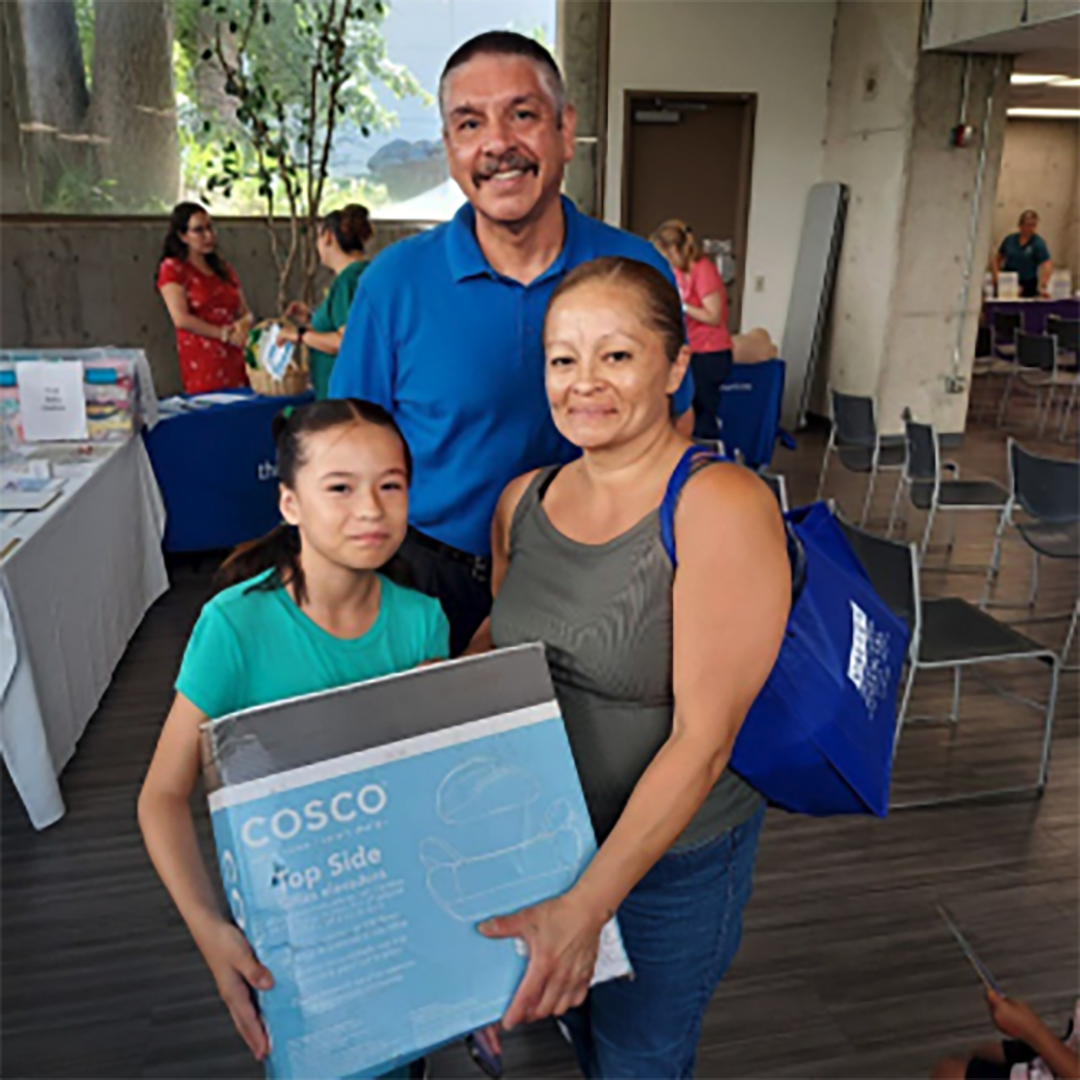
Los Angeles Community Investment for Families, Child Passenger Safety Program
The Los Angeles Community Investment for Families (CIFD) provides community clinics to educate pregnant moms on child seat safety and provided free car seats to mothers in need. The Teen Prosper Program trained expecting teens and their parents on car seat safety virtually. Following the training, car seats were provided at various work locations. CIFD also joined a coalition of government, community, and religious organizations welcoming more than 1,100 asylum seekers to the city. CIFD staff provided training and child safety seats to the immigrant families in need.
Traffic Records/Roadway Safety
Traffic Records Improvement Project Grant Program
The OTS awarded 11 Traffic Records Improvement Project (TRIP) grants to local law enforcement agencies to upgrade or create a new electronic records management system to allow for the electronic submission of citations and crash reports. The TRIP grants allow law enforcement agencies to submit crash records to the CHP’s Statewide Integrated Traffic Records System (SWITRS) database electronically improving the access to timely data.

University of California, Berkeley SafeTREC
UC Berkeley’s Safe Transportation Research and Education Center (SafeTREC) released a podcast addressing transportation and traffic safety issues. The episode “The Future of Transportation Safety” brought together three experts about the future of transportation safety in the United States, focusing on addressing inequities for people from historically marginalized communities.
Emergency Medical Services
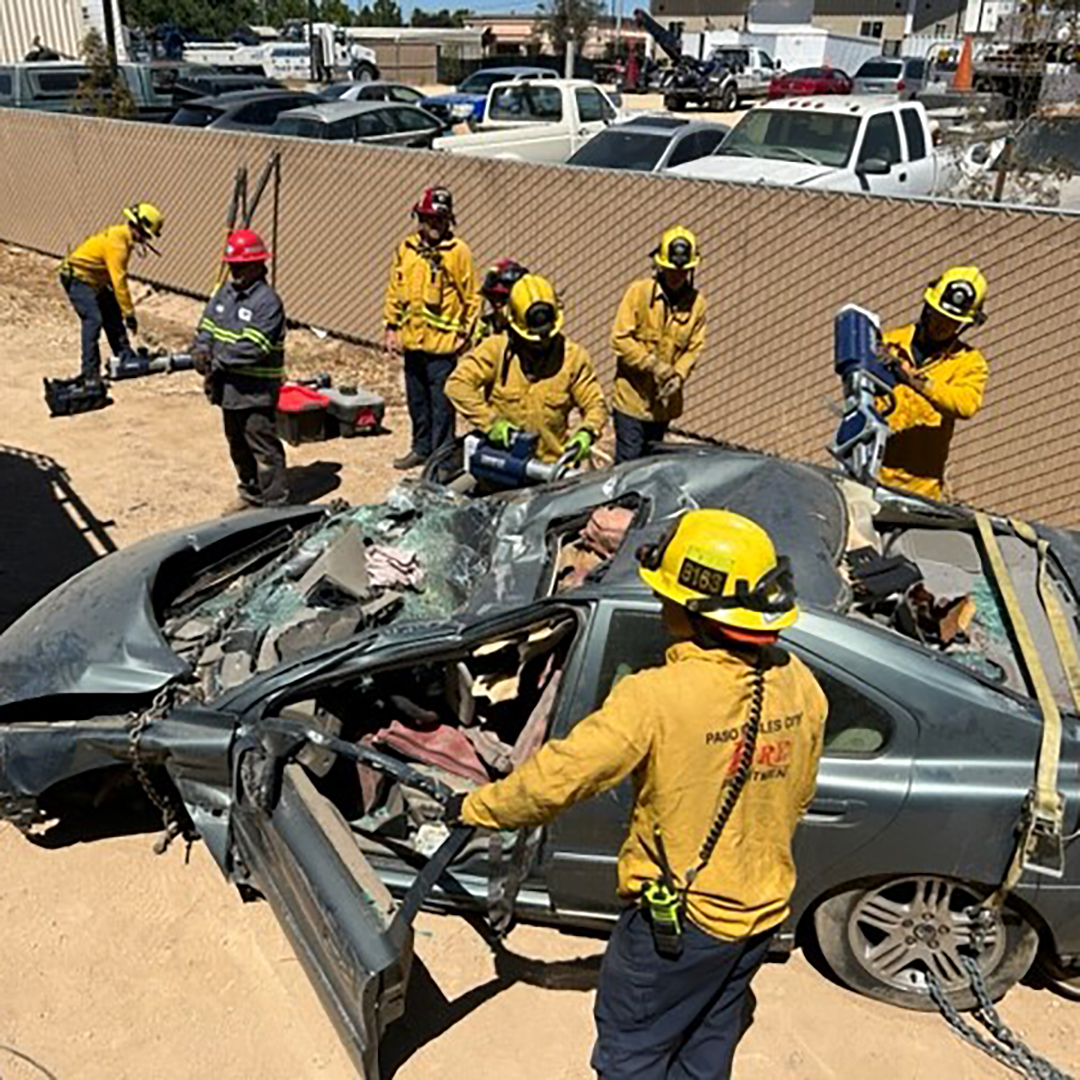
Paso Robles Department of Emergency Services, Regional Crash Response and Extrication Improvement Program
The Paso Robles Fire & Emergency Services (PRFES) purchased new extrication equipment that has allowed firefighters to reduce average extrication times by nearly half, from 20 minutes to 11 minutes. The new tools are lighter, more powerful and less taxing on firefighters, allowing firefighters to cut through vehicles faster and with greater success.
Police Traffic Services
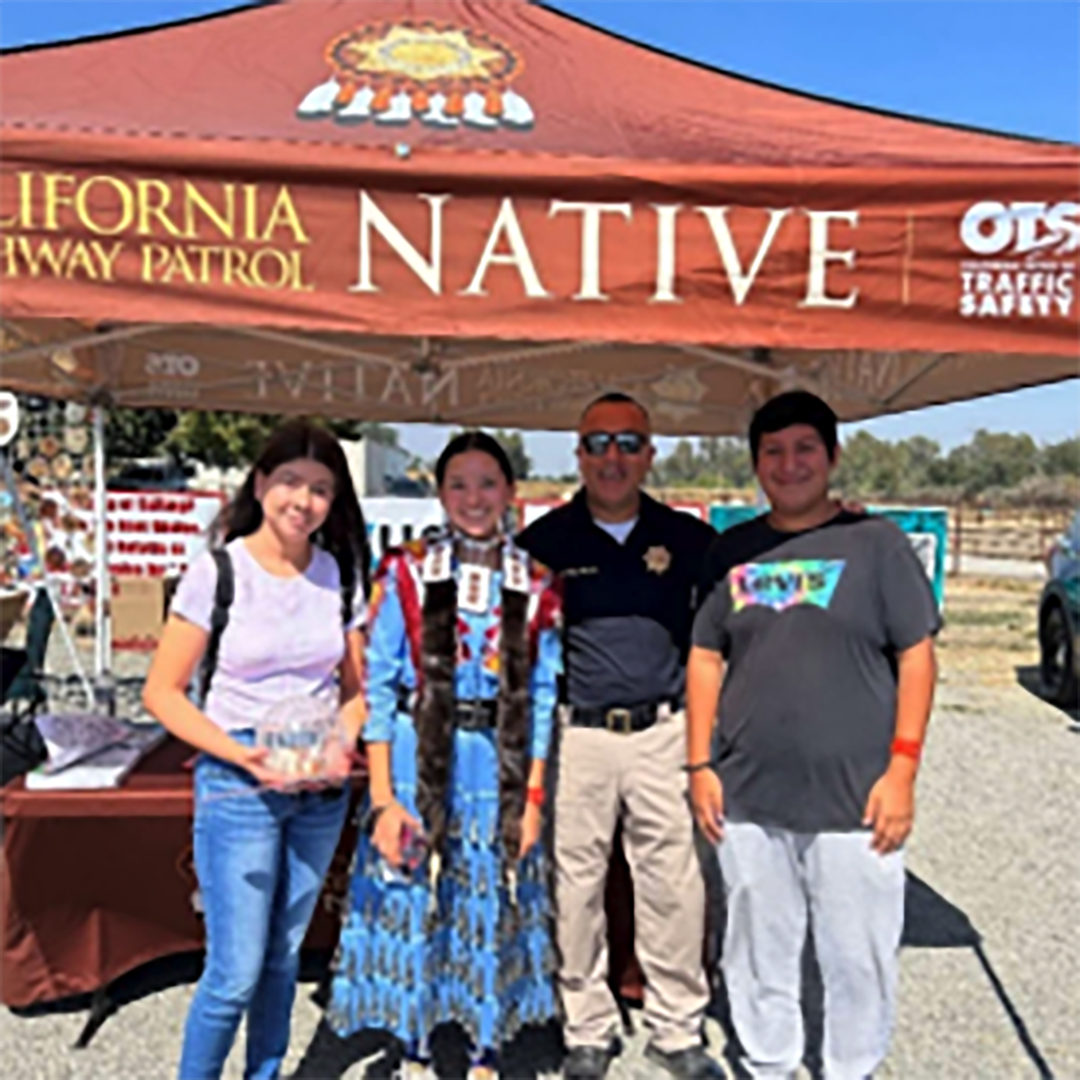
California Highway Patrol Native Tribal Traffic Education Program
The Native Tribal Traffic Education Program (TTEP) serves as a resource to Native American communities and tribes in the CHP’s Northern, Valley, and Golden Gate Divisions. The TTEP is the first of its kind to reach and engage with Native American communities in California, which is home to the nation’s largest American Indian/Alaska Native population. The TTEP educates people living on and near tribal lands on how to walk, ride and drive safely. It also strengthens relationships with tribal communities by providing community outreach and traffic safety education.
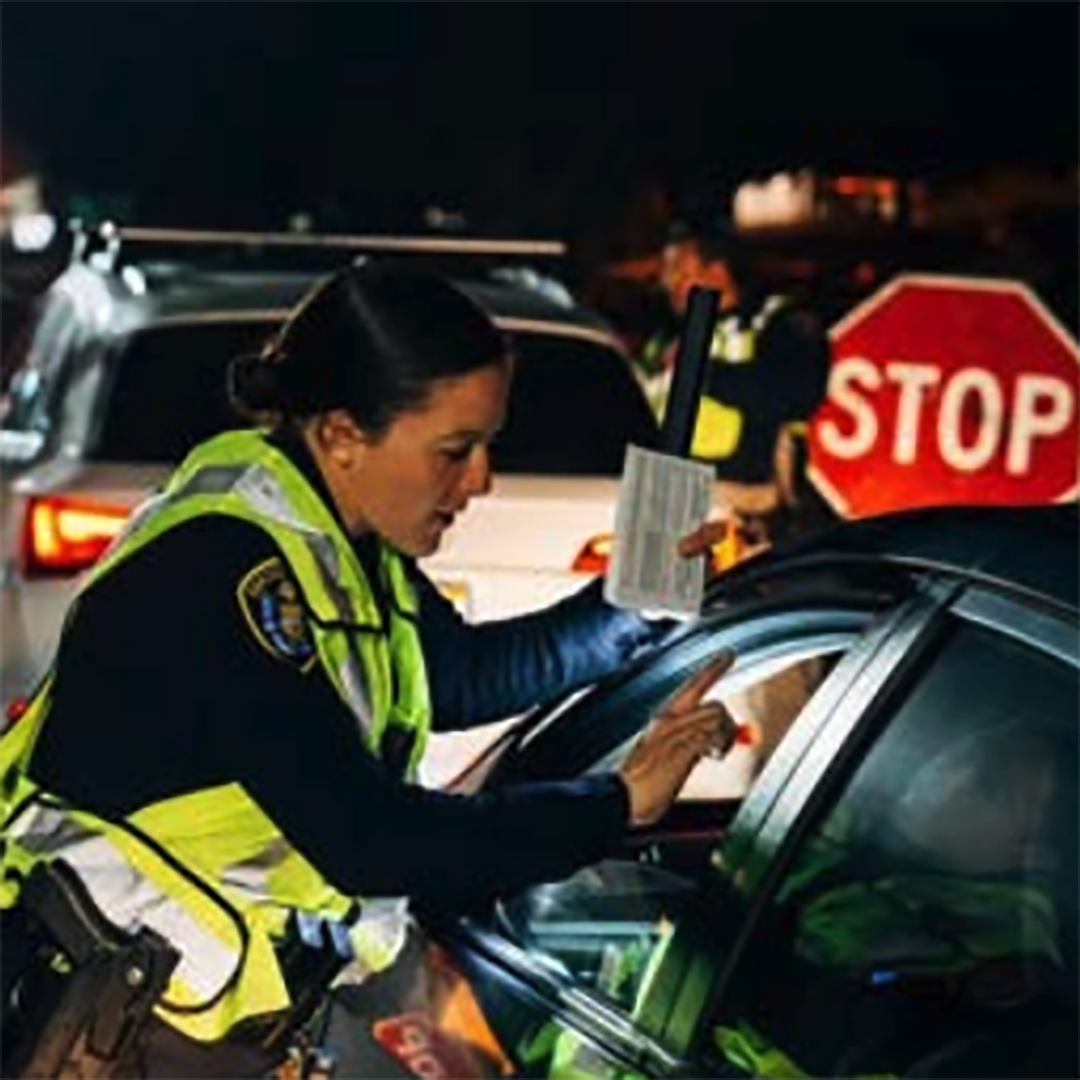
Law Enforcement Agencies, Selective Traffic Enforcement Program (STEP)
More than 135 law enforcement agencies throughout California participated in collaborative enforcement operations in response to community concerns over traffic violations including impaired driving and speeding. The collaborative enforcement operations are designed to bring together multiple law enforcement agencies for a highly visible regional approach to conducting enforcement operations. Law enforcement agencies work together to train personnel, enforce traffic laws, conduct DUI checkpoints, prevent sideshows and street racing, and so much more, ultimately preventing crashes and saving lives.










